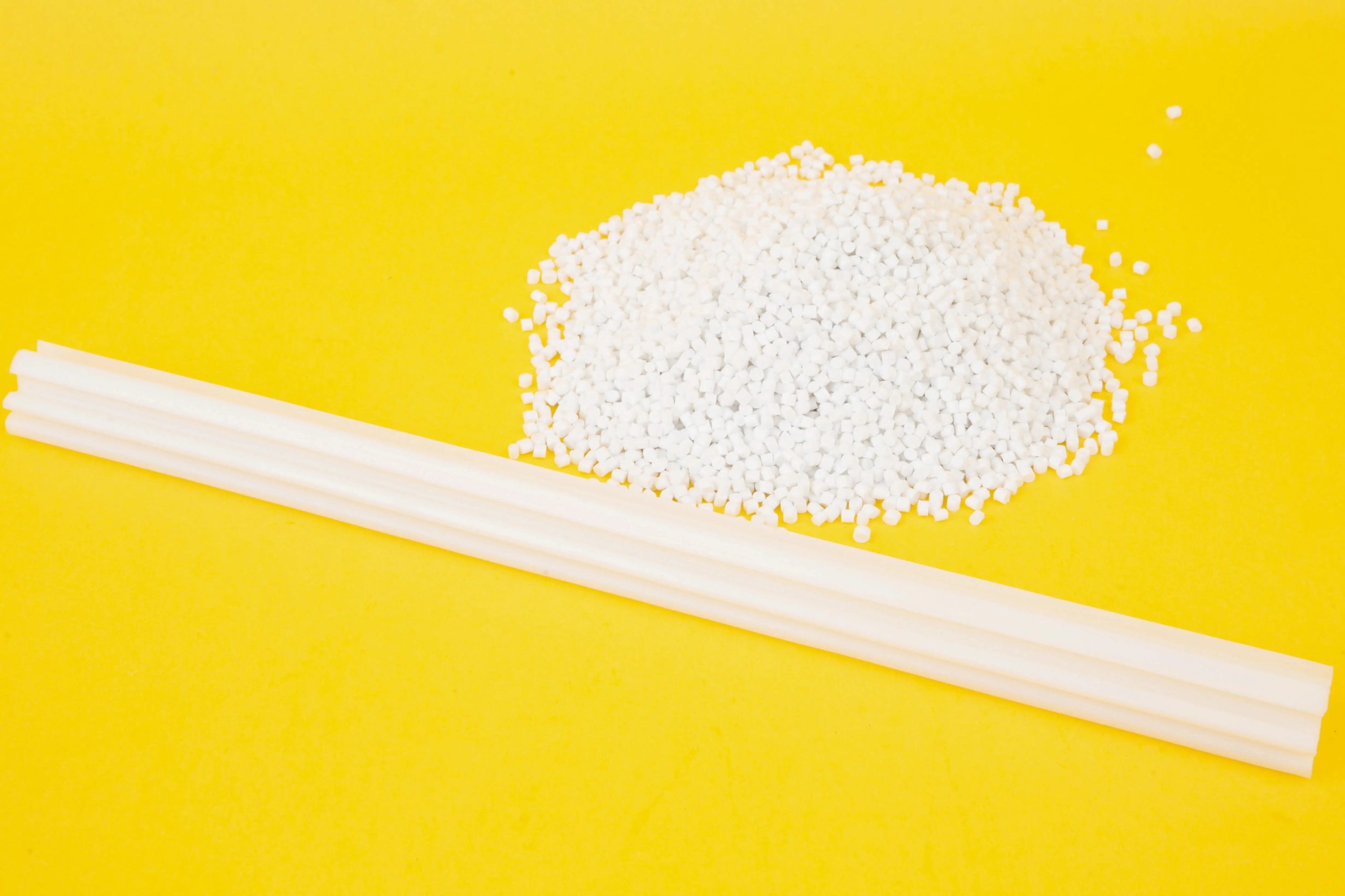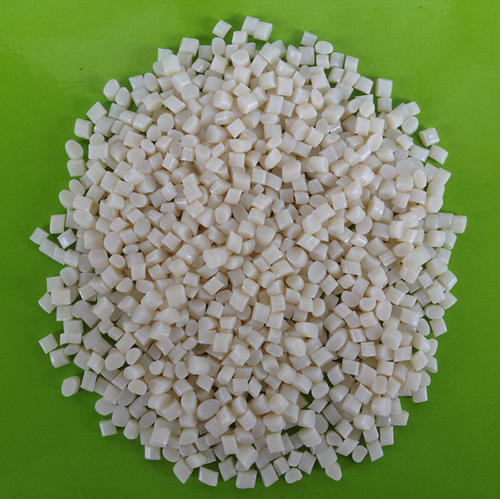As someone who’s been in the TPE (Thermoplastic Elastomer) extrusion industry for over a decade, I’ve seen countless projects where the final product’s appearance made all the difference. A matte finish on extruded TPE products can elevate their aesthetic, improve functionality, and meet specific market demands. But achieving that perfect non-glossy, sophisticated look isn’t always straightforward—it requires a blend of material science, process tweaks, and a bit of creativity. In this article, I’ll walk you through the practical steps, insider tips, and real-world insights to help you master a matte finish for your TPE extrusions.

Why a Matte Finish Matters
When I first started working with TPE, I noticed that glossy finishes were the default for many extruded products. They’re sleek, sure, but they often show fingerprints, scratches, or smudges, which can be a dealbreaker for applications like consumer goods, automotive parts, or medical devices. A matte finish, on the other hand, not only hides imperfections but also gives a premium, tactile feel that customers love. Whether you’re producing tubing, seals, or profiles, getting that soft, non-reflective surface can set your product apart.
The challenge lies in balancing the material’s properties with the extrusion process. TPEs are versatile, but their soft, elastic nature makes controlling surface finish trickier than with rigid plastics like PVC or ABS. Let’s dive into the key methods to achieve that coveted matte look.
1. Material Selection: The Foundation of a Matte Finish
The journey to a matte finish starts with choosing the right TPE compound. Over the years, I’ve learned that not all TPEs are created equal when it comes to surface aesthetics. Here’s what you need to focus on:
Base Resin Choice: TPEs come in various chemistries—SEBS (styrene-ethylene-butylene-styrene), TPU (thermoplastic polyurethane), or TPO (thermoplastic olefin), to name a few. SEBS-based TPEs are often easier to matte because their softer, more rubber-like structure scatters light better than glossier TPUs. If you’re aiming for a matte finish, lean toward SEBS or TPO grades specifically formulated for low gloss.
Additives for Surface Control: Additives are your secret weapon. Matting agents like silica, talc, or calcium carbonate can reduce surface gloss by creating micro-texture. I’ve worked with compounds where 5-10% silica was blended in, and the results were noticeably less shiny. Be cautious, though—too much filler can compromise flexibility or increase wear on your extruder.
Supplier Collaboration: Early in my career, I made the mistake of assuming I could tweak any TPE to get the desired finish. The reality? Working closely with your material supplier is critical. They can recommend or custom-formulate a low-gloss TPE grade tailored to your extrusion setup. Share your target gloss level (measured in GU, or gloss units, typically below 10 for a true matte finish) and application needs.
Here’s a quick comparison of common TPE types and their matte potential:
|
TPE Type |
Matte Finish Potential |
Common Applications |
Notes |
|---|---|---|---|
|
SEBS |
High |
Seals, grips |
Naturally low gloss; ideal for soft-touch surfaces |
|
TPU |
Moderate |
Tubing, films |
Glossy by default; requires additives or processing tweaks |
|
TPO |
High |
Automotive parts |
Good for matte but may need specific fillers |
|
TPV |
Moderate to Low |
Weatherstripping |
Gloss depends heavily on processing conditions |
2. Extrusion Process Adjustments
Even with the perfect material, the extrusion process itself plays a massive role in surface finish. I’ve spent countless hours tweaking extruder settings to dial in that matte look, and here’s what I’ve found works best:
Die Design and Surface: The die is where the magic starts. A polished die will almost always produce a glossy finish, so consider using a sandblasted or textured die surface. In one project, we switched to a die with a micro-etched surface (Ra value of 1.6-3.2 µm), and the extruded TPE profile came out with a beautifully diffused, non-reflective finish. Work with your toolmaker to experiment with die textures, but ensure the roughness doesn’t cause flow issues or material buildup.
Cooling Rate: Cooling is a game-changer. Rapid cooling (like an aggressive water bath) tends to lock in a glossy surface because the polymer chains don’t have time to relax. For a matte finish, I’ve had success with slower, controlled cooling, such as air cooling or a longer water bath at a slightly higher temperature (e.g., 40-50°C instead of 20°C). This allows the surface to develop micro-irregularities that scatter light.

Screw Speed and Shear: High shear rates in the extruder can increase gloss by aligning polymer chains. I’ve found that lowering the screw speed (e.g., 20-30% below standard for your material) reduces shear and promotes a matte surface. It’s a balancing act—too low, and you risk inconsistent flow.
Line Speed: Slower line speeds give the material more time to develop a matte texture as it exits the die. In one case, reducing the line speed by 15% turned a semi-glossy seal into a fully matte one without changing the material.
3. Post-Processing Techniques
Sometimes, the extrusion process alone isn’t enough, and that’s where post-processing comes in. These methods can enhance or fine-tune the matte finish:
Surface Abrasion: Lightly abrading the extruded product with fine sandpaper or a blasting medium (like glass beads) can create a uniform matte texture. I’ve used this for small-batch runs of TPE grips, where we needed a consistent, non-slip surface. Be gentle—over-abrasion can damage the material’s integrity.
Chemical Etching: Certain chemical treatments can micro-etch the TPE surface to reduce gloss. This is trickier and requires safety precautions, but I’ve seen it work wonders for TPU-based products. Always test on a small sample first, as chemicals can affect material properties.
Coating with Matte Finish: Applying a matte coating (like a UV-curable polyurethane) is a last resort but highly effective. In one automotive project, we used a water-based matte coating to achieve a gloss level below 5 GU. The downside? Coatings add cost and complexity, so weigh this against your budget.
4. Environmental and Equipment Considerations
Your production environment and equipment maintenance can make or break your matte finish. Here’s what I’ve learned the hard way:
Cleanliness is Key: Dust or oil on the die or calibrator can create glossy streaks. I once spent a week troubleshooting a glossy defect only to realize the calibr Tamaño: 4.033333333333333in; margin-bottom: 0in; line-height: normal; font-family: -webkit-standard; color: black; font-size: 12pt;”>calibrator was contaminated with machine oil. Regular cleaning schedules are non-negotiable.
Temperature Control: Inconsistent barrel or die temperatures can lead to uneven surfaces. I recommend investing in a high-quality temperature control system for your extruder. Stable temperatures ensure consistent matte results.
Humidity and Dust: High humidity can affect cooling and surface texture, while dust can settle on the extrudate and create glossy spots. Keep your production area clean and climate-controlled.

5. Testing and Quality Control
Achieving a matte finish isn’t a one-and-done deal—you need to test and refine. I always set up a small pilot run before full production. Use a gloss meter to measure the finish (aim for 5-10 GU for a true matte look). Check for uniformity across the product length, as inconsistencies can arise from die wear or cooling variations. Adjust based on your findings, and don’t be afraid to iterate.
Real-World Example: Solving a Matte Finish Challenge
A few years ago, I worked on a project for a client producing TPE tubing for medical devices. They wanted a matte finish to reduce visual imperfections and improve grip. We started with a standard SEBS compound, but the tubing came out semi-glossy. After some trial and error, we switched to a silica-filled SEBS grade, used a sandblasted die, and adjusted the cooling bath to 45°C. The result? A consistent matte finish with a gloss level of 7 GU, perfectly meeting the client’s specs. The key was combining material tweaks with process optimization—something I’ve carried into every matte finish project since.
Common Pitfalls and How to Avoid Them
Overloading Fillers: Too many matting agents can weaken the TPE. Stick to supplier-recommended levels (usually 5-15% by weight).
Ignoring Die Wear: A worn die can lose its texture, leading to glossier surfaces. Inspect and refurbish dies regularly.
Inconsistent Cooling: Variations in cooling can create glossy patches. Monitor your cooling system closely.
Wrapping It Up
Achieving a matte finish for extruded TPE products is a blend of art and science. By selecting the right material, fine-tuning your extrusion process, exploring post-processing options, and maintaining a clean production environment, you can consistently produce that premium, non-reflective look. It’s not about one magic trick—it’s about understanding your material and equipment and making iterative adjustments. Over the years, I’ve found that patience and collaboration with material suppliers and toolmakers are the keys to success.
If you’re struggling with glossy TPE extrusions or just starting out, don’t hesitate to experiment on a small scale first. Every setup is unique, and what works in one factory might need tweaking in another. Got a specific challenge? Drop a comment below—I’d love to help brainstorm solutions based on my experience.

Related Questions and Answers
Q: Can I achieve a matte finish without changing the TPE compound?
A: Yes, but it’s tougher. Process tweaks like using a textured die or slower cooling can help, but for the best results, I recommend working with a low-gloss TPE grade from the start.
Q: How do I know if my matte finish is consistent?
A: Use a gloss meter to measure gloss units (GU) across multiple points on the product. A true matte finish should be below 10 GU. Visual inspection under consistent lighting helps too.
Q: Are matte TPE products more expensive to produce?
A: They can be, due to specialized compounds or additional post-processing. However, the cost difference is often minimal compared to the value a premium matte finish adds to the product.
Q: What if my customer wants a specific matte texture?
A: Work with them to define the gloss level (in GU) and tactile feel. Then, collaborate with your material supplier to formulate a TPE that meets those specs, and test die textures to match the desired texture.





